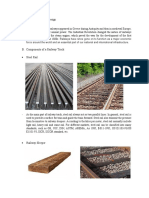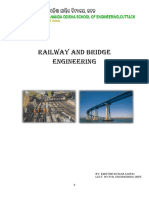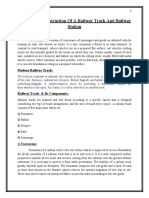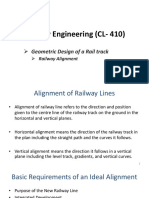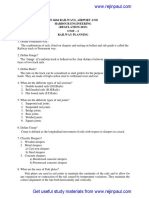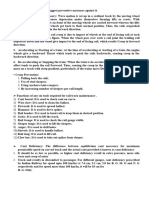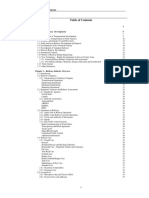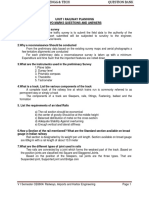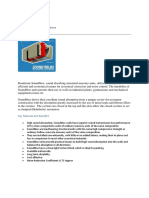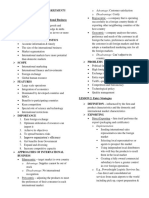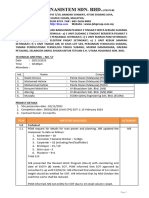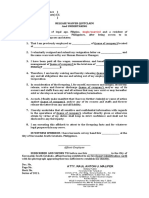0% found this document useful (0 votes)
30 views17 pagesUnit 5
It's a regular class notes for railway engineering.
Uploaded by
vivekkumar7463004627Copyright
© © All Rights Reserved
We take content rights seriously. If you suspect this is your content, claim it here.
Available Formats
Download as PDF, TXT or read online on Scribd
0% found this document useful (0 votes)
30 views17 pagesUnit 5
It's a regular class notes for railway engineering.
Uploaded by
vivekkumar7463004627Copyright
© © All Rights Reserved
We take content rights seriously. If you suspect this is your content, claim it here.
Available Formats
Download as PDF, TXT or read online on Scribd
/ 17

